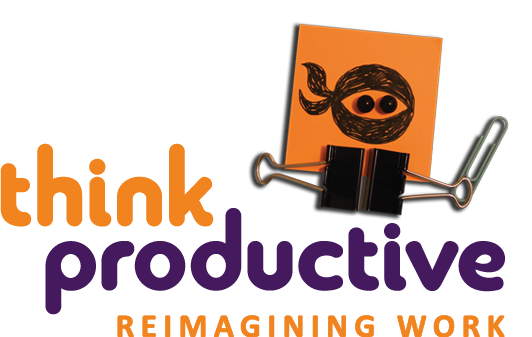From Productivity Ninja Workshops to boosting staff retention levels, a workplace that genuinely cares for the happiness of each and every member of the team will be far more likely to reach higher levels of success in the long term – and that means that paying attention to interior design principles is crucial in the office. A happy team who have all the space and support that they could need will thrive in a workplace, and with your employees making an undeniable contribution to your company each day, there’s no doubt that taking the time to consider the needs of your employees can be one of the most beneficial things a business can do.
Whether you’re looking to make significant business developments with a team that you trust or you’re planning on creating a collaborative workplace environment that everyone’s talking about, redesigning the traditional office setup to suit your employees will have a profound long-term impact on positivity. That’s why today, we’re using science-backed research to bring you a handful of ways that you can harness office design yourself, in the pursuit of professional happiness.
1. Let there be natural light
When it comes to designing an office space that’s centered on the happiness and well-being of employees – and in turn, their productivity – making a dedicated effort to encourage natural light in and around the room is a must. Studies have shown that office workers who are exposed to natural light throughout the working day can have an improved quality of sleep – meaning that staff will be happier, healthier, and more prepared for a productive days work. So for an office that’s designed to generate as much positivity as possible, strip back heavy materials like curtains and rugs to expose wood flooring and let natural light bounce around the room.

2. Incorporate greenery
With science suggesting that plants can improve air quality and reduce stress, the most effective office designs will be the ones that have been adorned with indoor plants. From greenery in the reception area to cacti on the desk tops, adding these eco-friendly accessories to the office will not only substantially improve memory retention and alleviate the symptoms of Sick Building Syndrome (SBS), but also create an environment that conveys the importance of each employee’s satisfaction and well-being – a value which is guaranteed to motivate your team to work to the best of their ability.

3. Use furniture to encourage collaboration
It may be a well-worn cliché for some, but the notion that ‘together everyone achieves more’ will be integral to the teams working in any company. Opening up the opportunity for sharing creative ideas will not only increase the number of potential tactics your company could utilize, but by creating sociable spaces for your team to work in, you’ll be able to reduce the feeling of competition – and instead, employees will be surrounded by a positive company culture. From open plan offices to communal table set ups, encouraging staff members to socialize and bounce ideas off one another means that you can reap the full benefits of investing in your workforce’s well-being.

4. Offer versatility with your layout
The way that each of our brains function will go hand-in-hand with the way that we prefer to work – and that means that the most well-thought-out offices are trading sections of traditional desk setups for more adaptable workspaces. As more and more millennials enter the world of work, flexibility is at its fore – and that means investing in furniture which allow staff to carry out tasks in a way that suits them. Offering lap desks for communal sofas alongside the conventional desk format and allowing employees to choose how they work means that they’re more likely to feel valued in the workplace – and repay the company with improved productivity.

5. Tap into color psychology
Color psychology plays one of the most significant roles in interior design, and with color palettes holding the power to dramatically change the atmosphere of a room, it’s vital that business owners carefully consider what tone they’re looking to create in their office. Color greatly influences human emotion, which is why rich reds that evoke feelings of urgency would be better suited for sections of the office that will be used for meetings about looming deadlines. Similarly, conference rooms that are used for liaising with clients should be adorned with shades of green and yellow, evoking feelings of trust, admiration and positivity.
From the office layout to the type of furnishings, the interior design of an office plays an integral part in boosting the happiness, well-being and productivity of any employee. So whether you’re looking to implement facilitation training or ensure that each team member is able to reach their full potential with time management training, there’s every reason to reconsider the setup of your office in your quest for success.
By Jim Laird
Jim is the Commercial Director of Flooring Republic, factory outlet showrooms for engineered and solid wood flooring.
